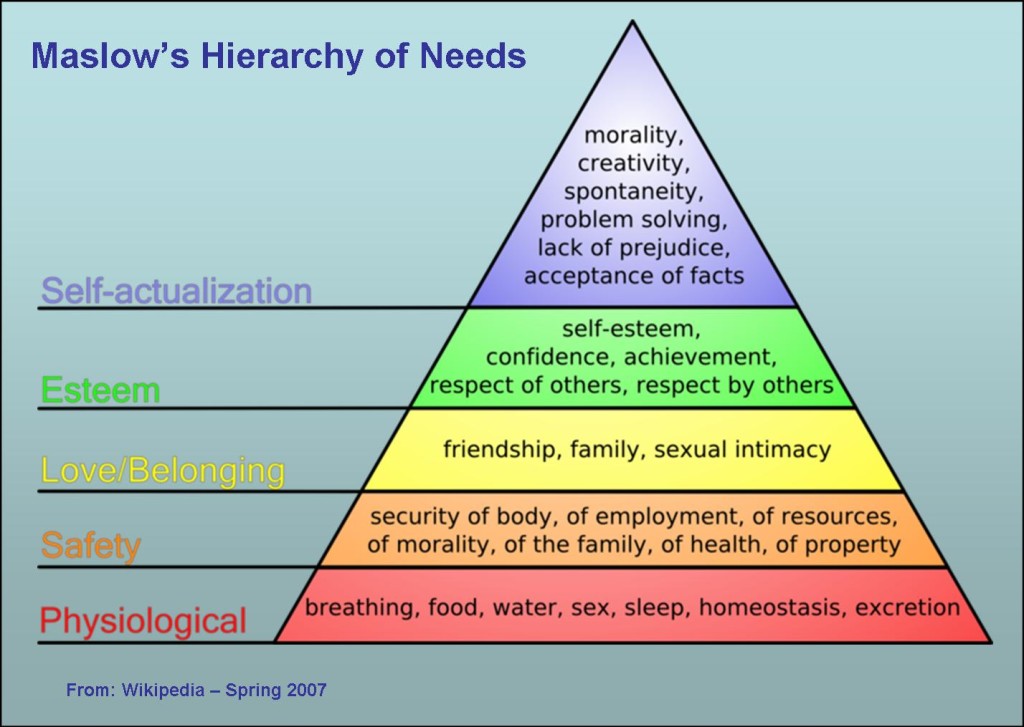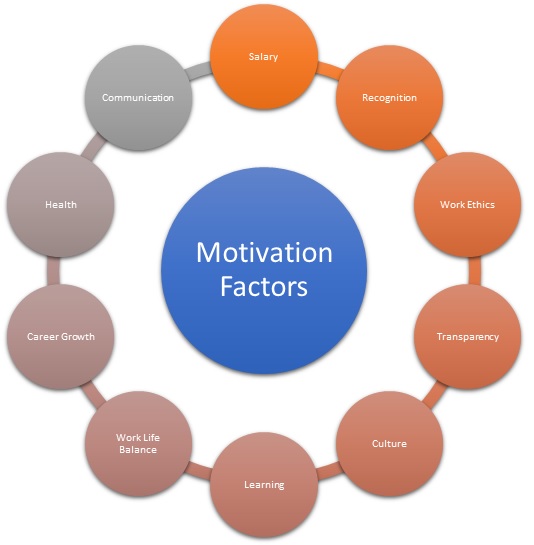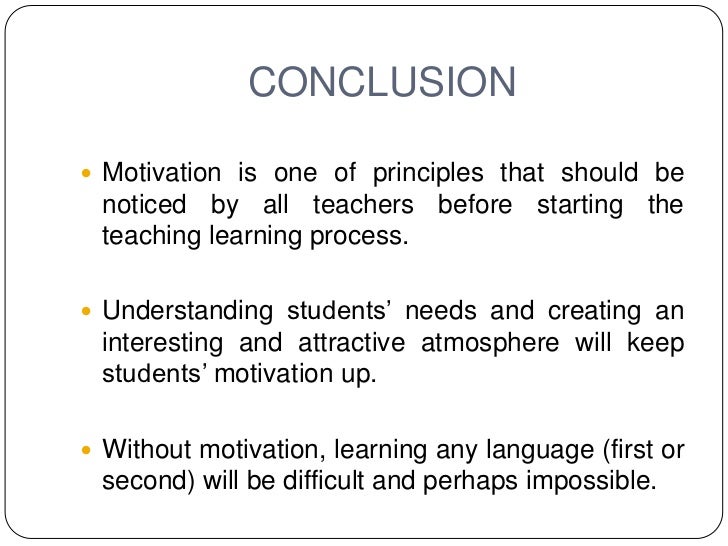Motivation Presentation
| Introduction to Motivation | ||
|---|---|---|
| Motivation is the driving force behind our actions and behaviors. It is the internal or external factors that stimulate us to achieve our goals. Understanding motivation is crucial for personal and professional success. | ||
| 1 | ||
| Types of Motivation | ||
|---|---|---|
| Intrinsic motivation: the desire to engage in an activity for its own sake, driven by internal rewards and enjoyment. Extrinsic motivation: the drive to engage in an activity for external rewards or to avoid punishment. Achievement motivation: the desire to excel, accomplish goals, and reach high standards of performance. | ||
| 2 | ||
| Theories of Motivation | ||
|---|---|---|
| Maslow's Hierarchy of Needs: individuals are motivated by a hierarchy of needs ranging from basic physiological needs to self-actualization. Herzberg's Two-Factor Theory: motivation is influenced by both hygiene factors (job environment) and motivators (job content). Expectancy Theory: motivation is determined by the belief that effort will lead to performance, performance will lead to rewards, and rewards will satisfy personal goals. | ||
| 3 | ||
| Factors Affecting Motivation | ||
|---|---|---|
| Goal setting: clear and specific goals increase motivation and focus. Feedback: regular feedback on performance helps individuals stay motivated and improve. Environment: a supportive and positive work or learning environment enhances motivation. | ||
| 4 | ||
| Strategies to Enhance Motivation | ||
|---|---|---|
| Provide autonomy: allowing individuals to have control and independence in their tasks increases motivation. Recognize achievements: acknowledging and rewarding accomplishments boosts motivation and morale. Foster a growth mindset: encouraging the belief that abilities can be developed through effort and learning promotes motivation. | ||
| 5 | ||
| Overcoming Motivational Challenges | ||
|---|---|---|
| Set smaller, achievable goals: breaking down larger tasks into smaller goals can make them more manageable and increase motivation. Find meaning and purpose: connecting tasks to personal values and finding intrinsic motivation can overcome challenges. Seek support: reaching out to mentors, coaches, or peers for guidance and encouragement can help overcome motivational barriers. | ||
| 6 | ||
| Motivation in the Workplace | ||
|---|---|---|
| Provide opportunities for growth and development: supporting employees in acquiring new skills and advancing their careers increases motivation. Foster a positive work culture: creating a supportive and inclusive work environment enhances motivation and engagement. Offer rewards and recognition: acknowledging and rewarding employee achievements boosts motivation and productivity. | ||
| 7 | ||
| Conclusion | ||
|---|---|---|
| Motivation is a vital force that drives our actions and behaviors. Understanding different types of motivation and applying strategies can enhance personal and professional success. By fostering a motivated mindset and creating supportive environments, we can overcome challenges and achieve our goals. | ||
| 8 | ||







